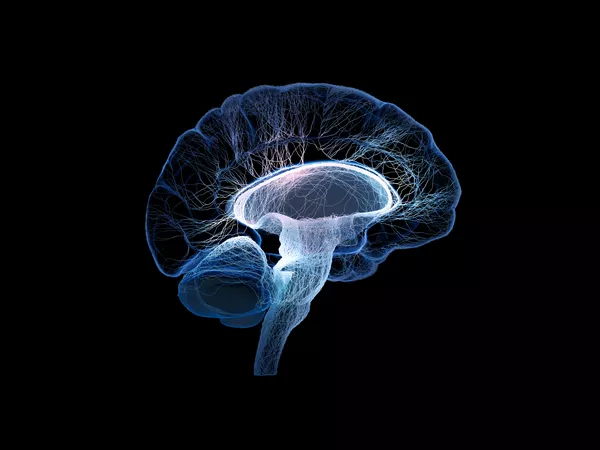EDITORIAL
Published on 26 Sep 2017
Editorial: Advanced Neuroimaging Methods for Studying Autism Disorder
doi 10.3389/fnins.2017.00533
- 33,223 views
- 10 citations
16k
Total downloads
157k
Total views and downloads
You will be redirected to our submission process.
EDITORIAL
Published on 26 Sep 2017
ORIGINAL RESEARCH
Published on 21 Mar 2017

METHODS
Published on 24 Jan 2017

ORIGINAL RESEARCH
Published on 18 Jan 2017

ORIGINAL RESEARCH
Published on 31 Aug 2016

REVIEW
Published on 25 Aug 2016

METHODS
Published on 23 Aug 2016

GENERAL COMMENTARY
Published on 03 Aug 2016

ORIGINAL RESEARCH
Published on 29 Jun 2016

ORIGINAL RESEARCH
Published on 09 Jun 2016

ORIGINAL RESEARCH
Published on 08 Jun 2016

ORIGINAL RESEARCH
Published on 02 Jun 2016

